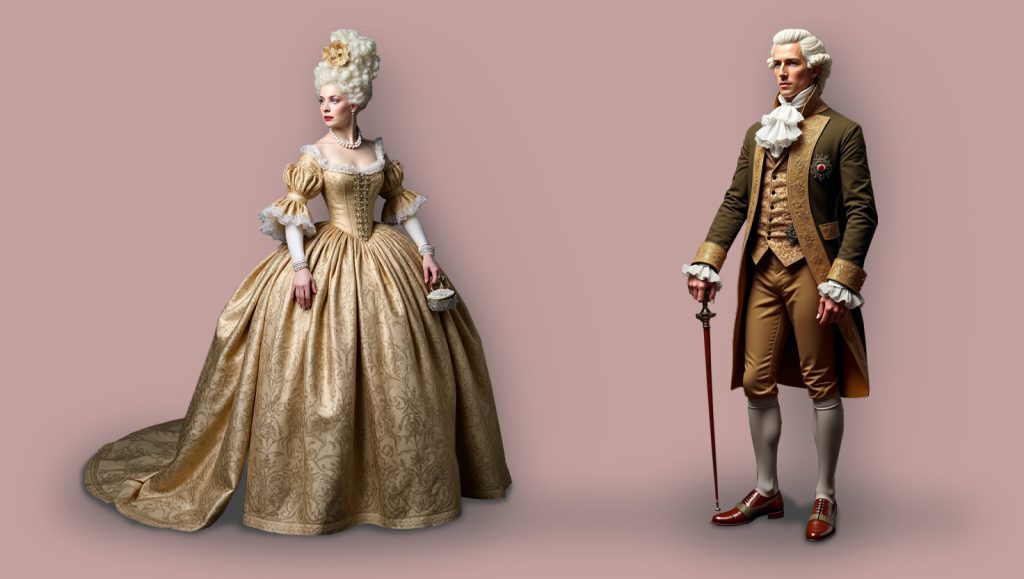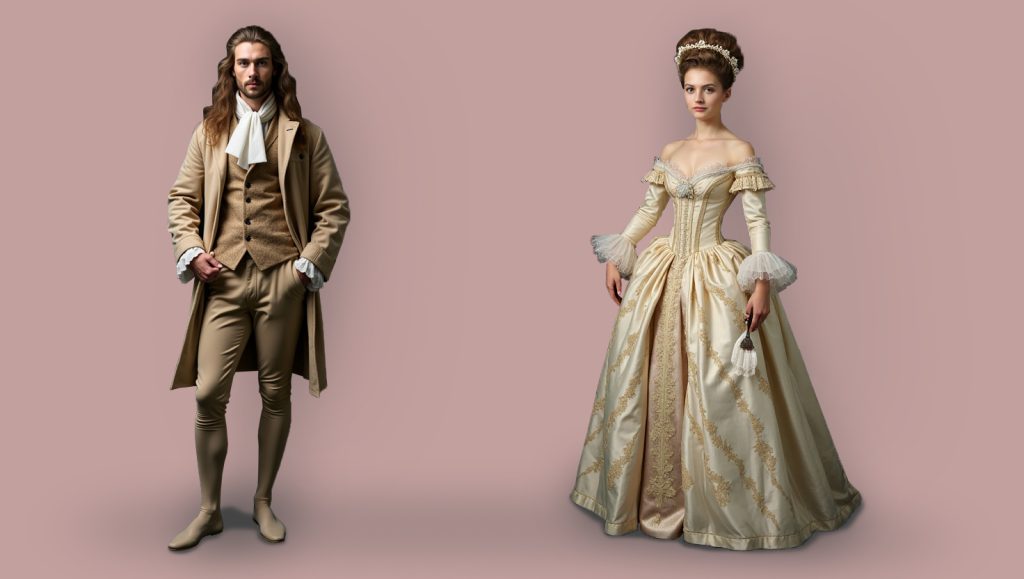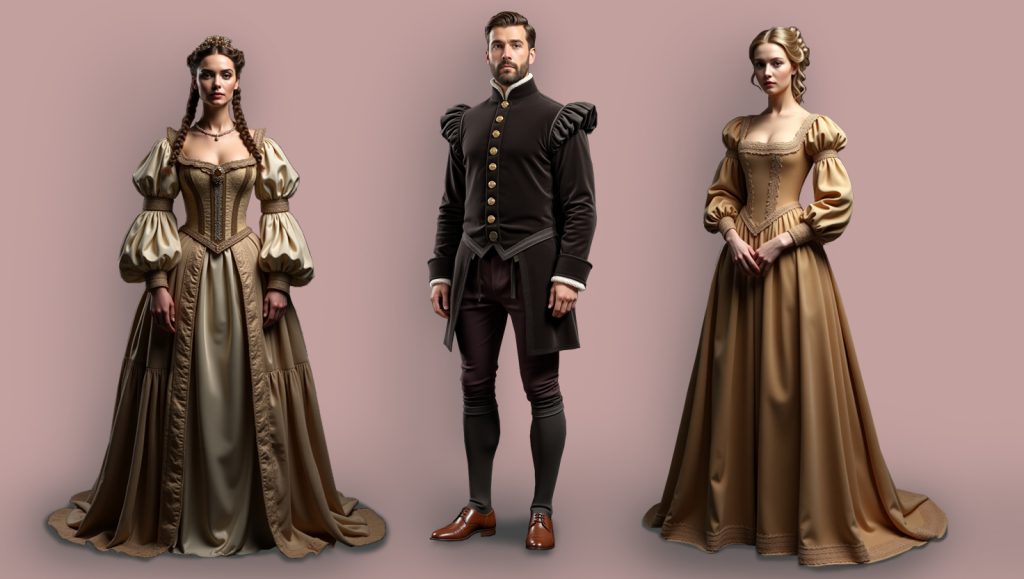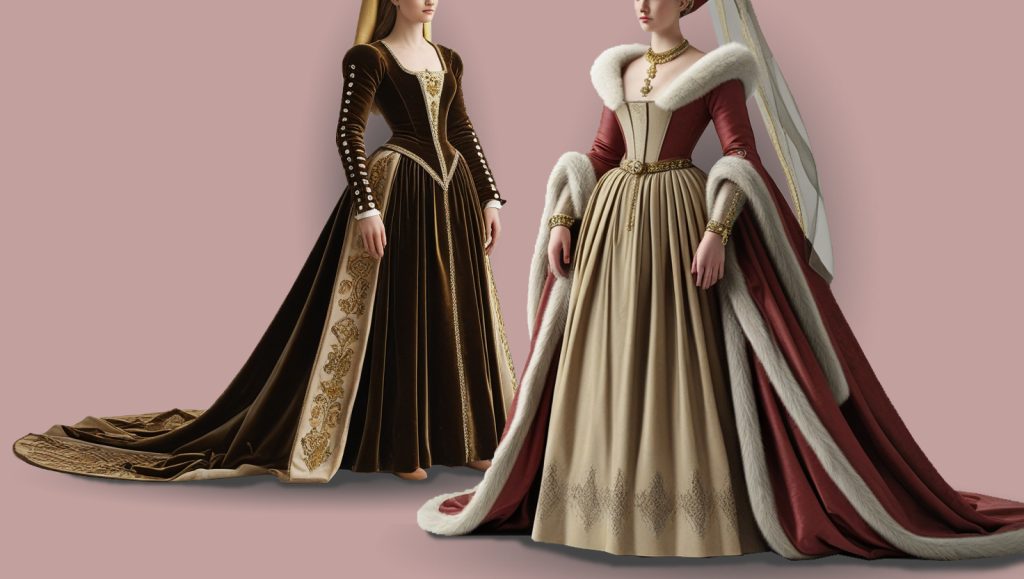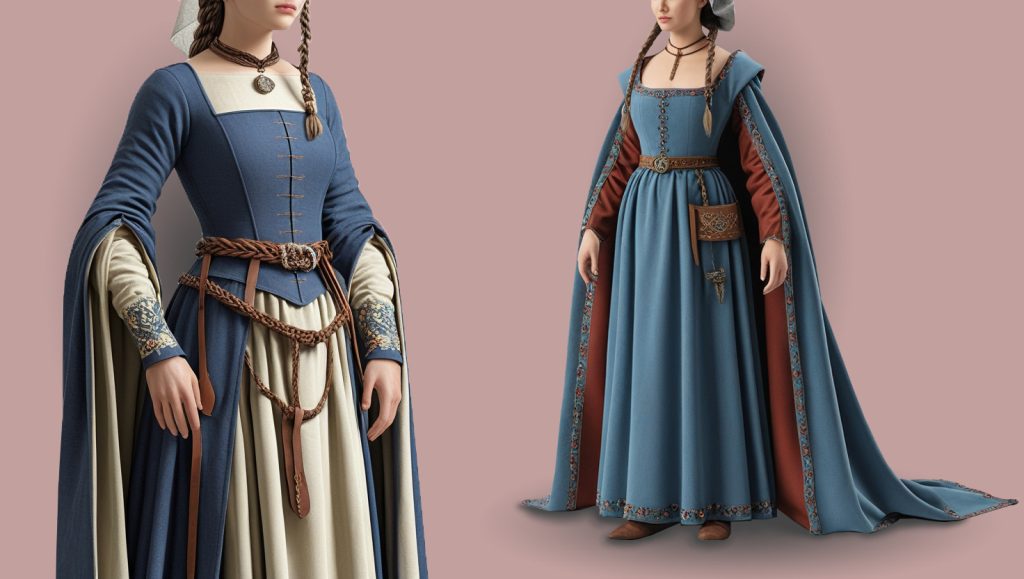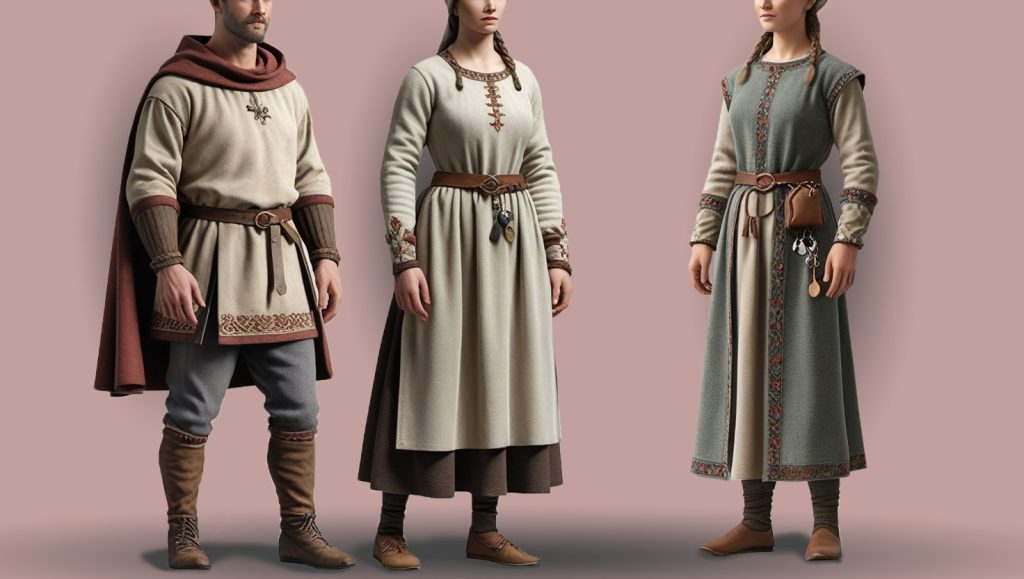Rococo Fashion (1750–1800 CE): Elegance and Refinement in European Clothing
Rococo fashion , which reached its peak between 1750 and 1800, is typically recalled as dainty, whimsical, and laden with details. Fashion during this time was a reflection of the art and building styles of the period, which were all about lightness, graciousness, and a lighter handling of design. Unlike the brash and over-the-top fashion […]
Rococo Fashion (1750–1800 CE): Elegance and Refinement in European Clothing Read More »

